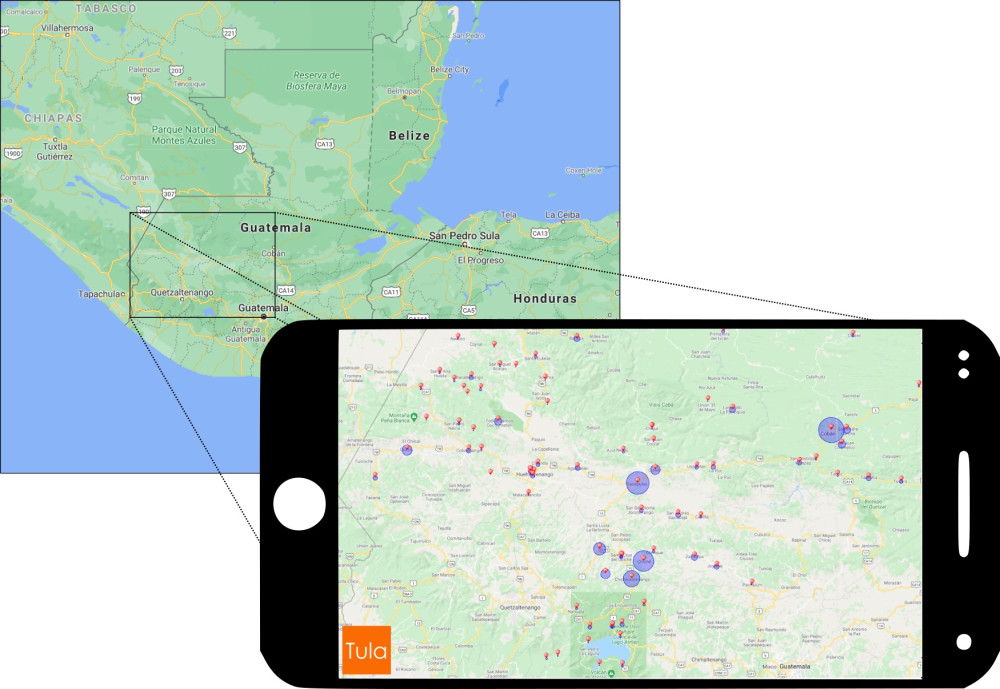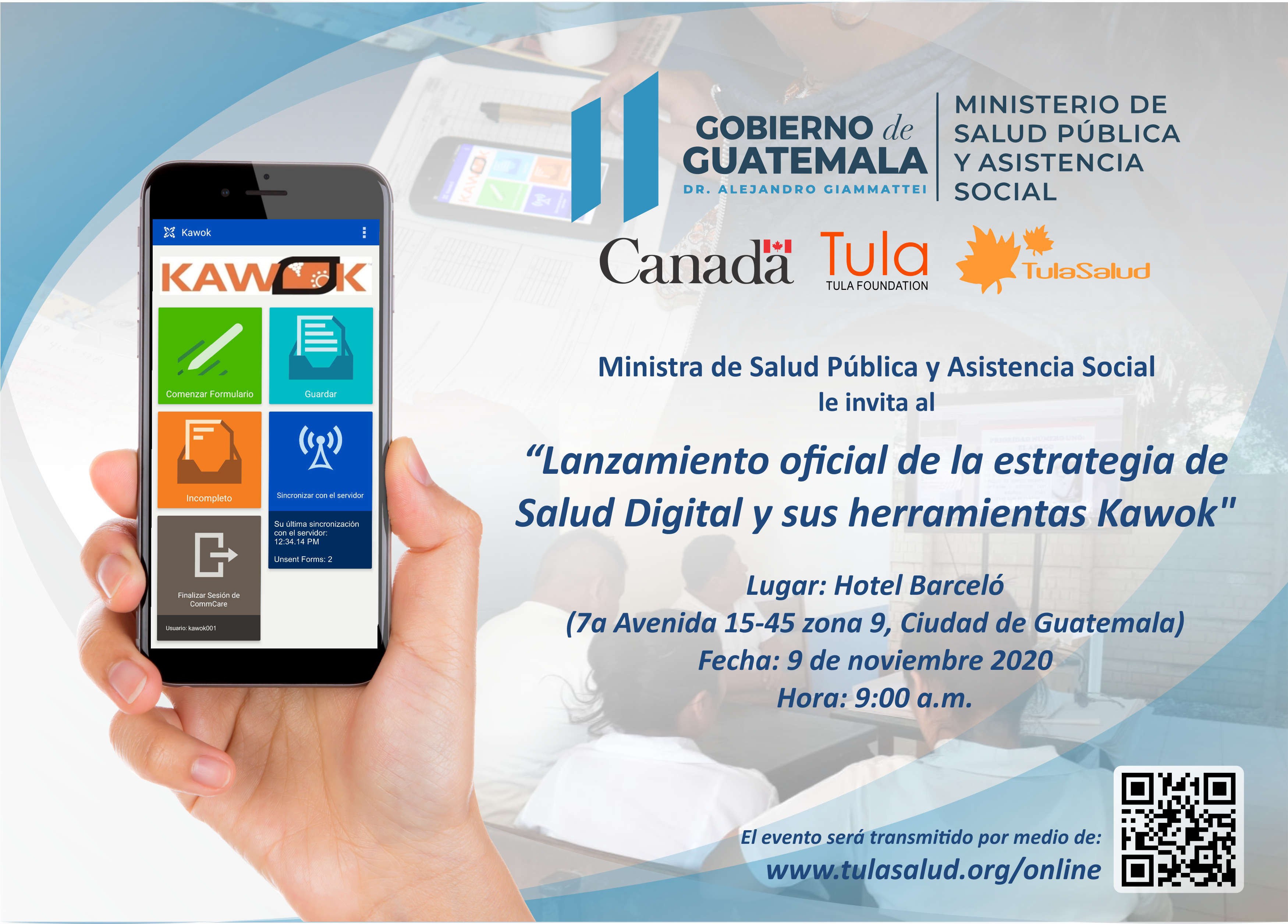Guatemala confirmed its first case of the coronavirus (COVID-19) in early March 2020. Despite widespread containment measures, COVID-19 steadily spread in the capital region. Most recently, the virus has made its way into rural communities along major transportation routes and confirmed cases now reach over 75,000 with more than 2,800 deaths.
At the onset of the pandemic, TulaHealth was invited to participate in ongoing virtual meetings with national health authorities to find new ways of using its innovative digital health system to support the fight against COVID-19. Initial meetings resulted in the rapid development of ‘microlearning’ COVID-19 training programs, which have already been delivered to more than 5,000 health personnel using WhatsApp. Digital technologies provided to the Ministry of Health (MoH) have been critical in responding to COVID-19, as well as supporting the delivery of routine health services for women and children.
A review of our digital health system analytics indicates a jump in technology use during the COVID-19 pandemic. Since March 2020, the number of community health workers using the digital health system has increased nearly 12%. This pattern is reflected in an increase of registered telephone calls from nearly 7,000 calls per week to more than 12,000. In 2020, community health workers have already registered more than 26,000 consultation calls in relation to COVID-19 (approximately 11% of all registered calls this year). The number of users accessing the digital health system has also more than doubled since March 2020, indicating an increase in use of community-level health data within the digital health system.



